
Common mistakes to avoid
Discover how to set yourself up for success and avoid some of the most common mistakes bar professionals make.
Estimated reading time: 4 minutes
Bartending is an art that requires a lot of skill, precision, and attention to detail. From mixing the perfect drink to interacting with customers, bartenders have a lot to handle. However, even the most experienced bartenders can make mistakes that can impact their work and their customer's experience. In this article, you'll discover common mistakes bartenders make and how you can avoid them.
A DISORGANISED WORK STATION
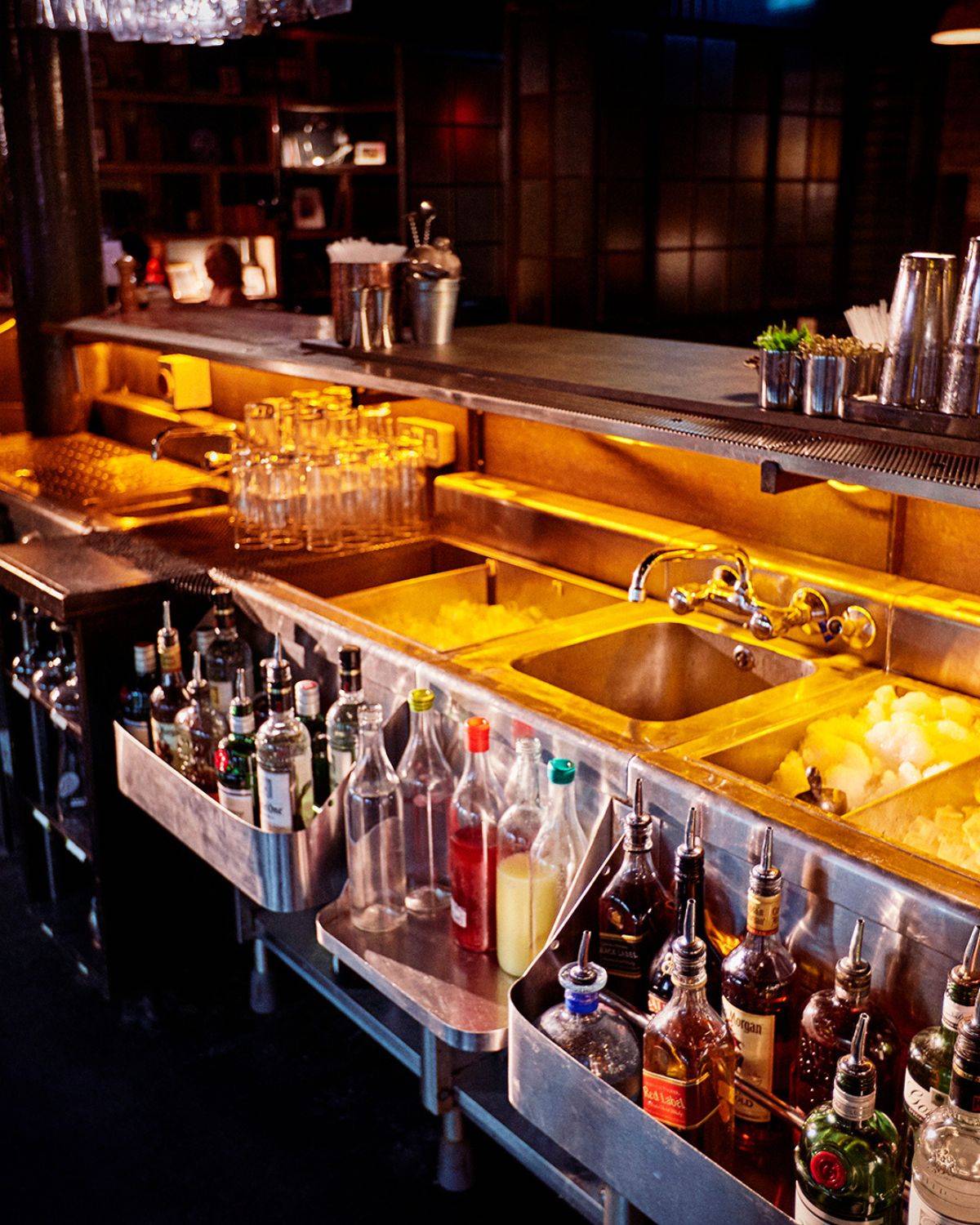
A DISORGANISED WORK STATION
When a workstation is cluttered and disorganised, it can lead to slow service, confusion, and frustration for both the bartender and the customer. A cluttered workstation can also be unhygienic, which can lead to the spread of germs and bacteria.
It is important to keep the bar area clean, organised, and stocked with the necessary ingredients and tools. This includes regularly wiping down the bar top, keeping ingredients and tools in their designated places, and disposing of empty bottles and containers promptly. Implementing a system for restocking ingredients and tools can also help bartenders keep their workstation organised and efficient. See below for some more tips.
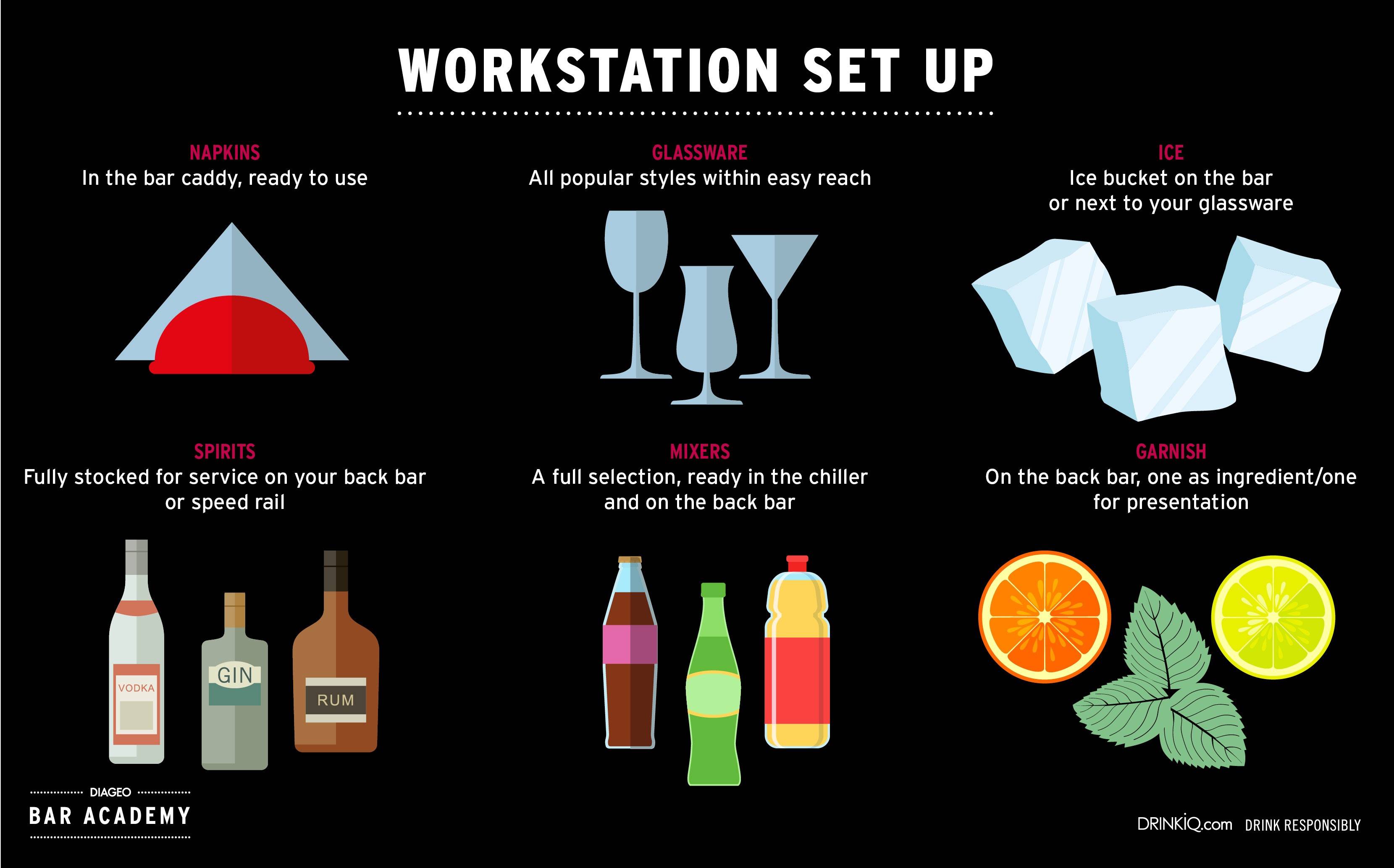
Measuring Poorly
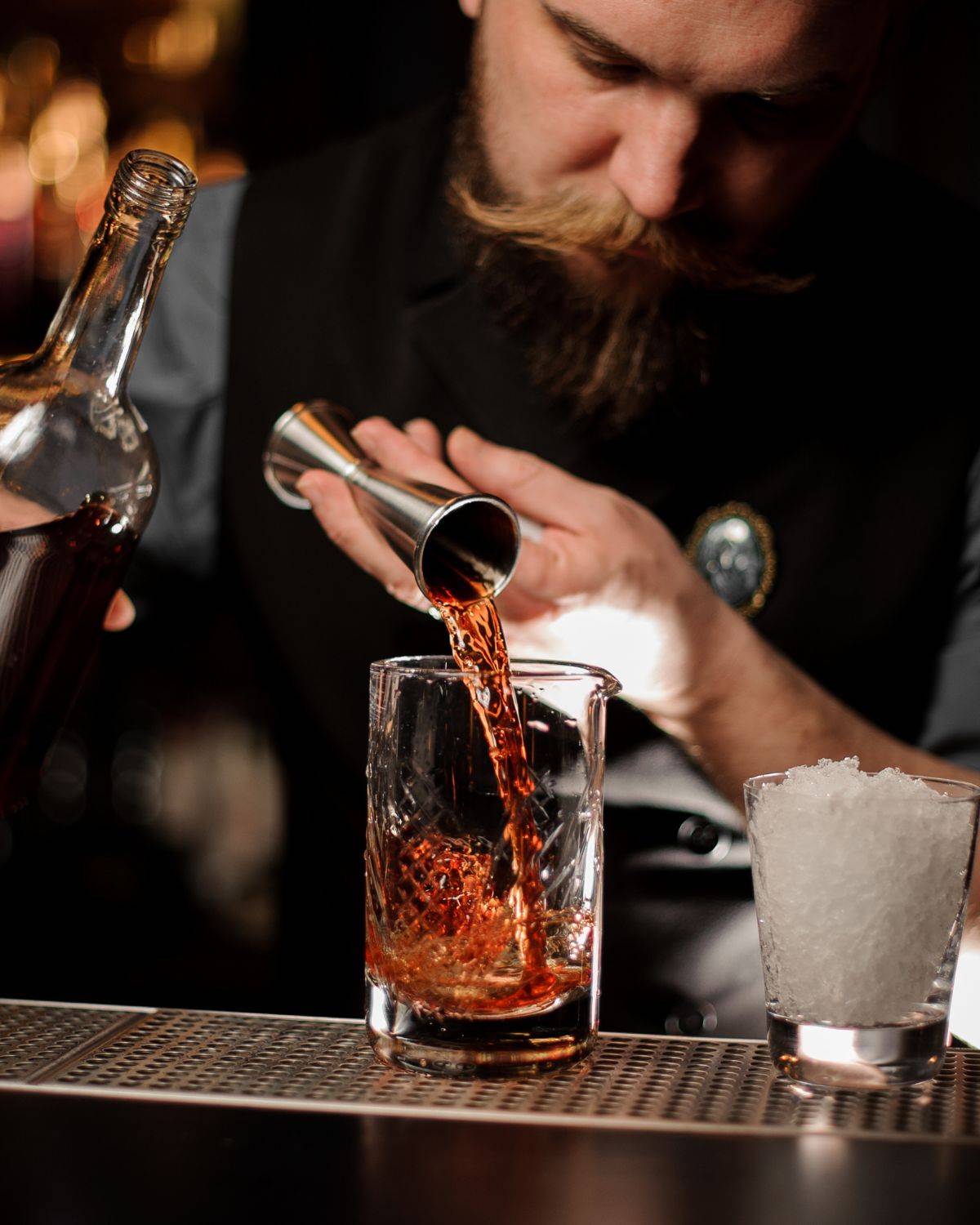
Measuring Poorly
Over and/or under-pouring is another common mistake that many bartenders make. Poor measurement can lead to inconsistency in your drinks and a negative experience for the customer. If a customer orders a second drink that tastes different from the first, they are less likely to order that drink again. Overpouring can also create inaccurate stock levels and mean bars are making less money per drink. To ensure your customers are getting the same taste with every drink and your venue is not losing profit, spirits must be measured accurately.
You may be confident with free pouring but the best way to guarantee accuracy and consistency is by using a jigger. The time saved by free pouring is marginal and although speed and efficiency is key to keeping customers happy, it should never be prioritised over the quality of our drinks. There are many different styles of jigger, so find one you are comfortable and confident using and you’ll be on your way to creating delicious and consistent drinks.
Not enough ice
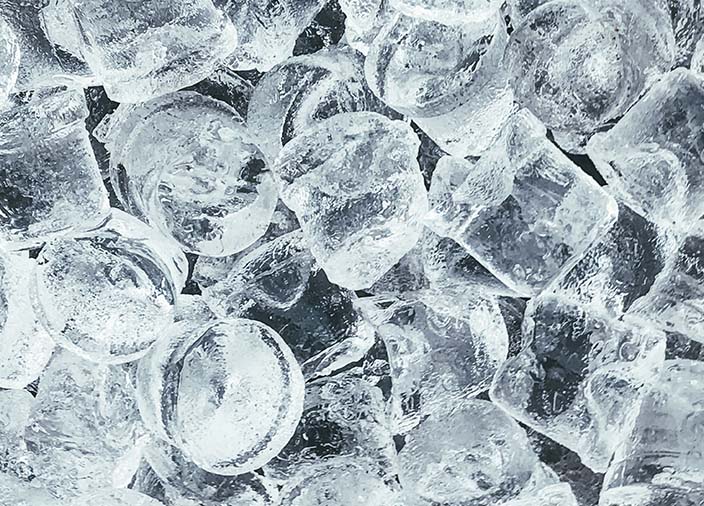
Not enough ice
Every bartender should know that the amount of ice in a drink dictates whether it’s regarded as the perfect serve or not. Without enough ice, a drink may be undesirable for three main reasons.
The first is temperature. When a drink is served without enough ice, it may not be chilled enough to be refreshing. Most people prefer their alcoholic drinks to be served cold, and without enough ice, the drink may not be at the desired temperature.
Secondly, when ice is added to a drink, it begins to melt and dilute the drink. This can help to balance the flavours and make the drink more palatable. Without enough ice, the drink may be too strong or harsh, as the flavours and alcohol are not properly balanced.
Finally, a drink that is served without enough ice may not look as visually appealing as a drink with plenty of ice. The ice can help to make the drink look more inviting and attractive, also enhancing its overall presentation.
For further information, check out the linked content below!
Join The Community
Want to keep up to date on cocktail trends, learn from the experts and get access to exclusive content? Sign up to Diageo Bar Academy today for unlimited access to it all.
RELATED CONTENT
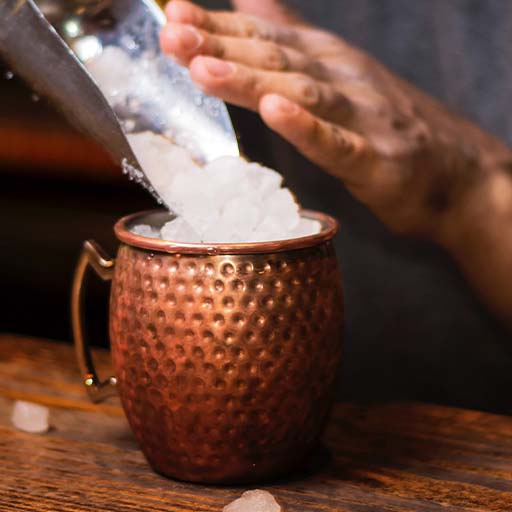
The Complex World of Cocktail Ice
Understand the importance of ice when crafting a cocktail and learn about the different types and ways it influences the final product.
Mastering Pouring and Cutting
Unlock the secrets of perfect pouring and cutting techniques in bartending and delight your customers with consistent, high-quality drinks.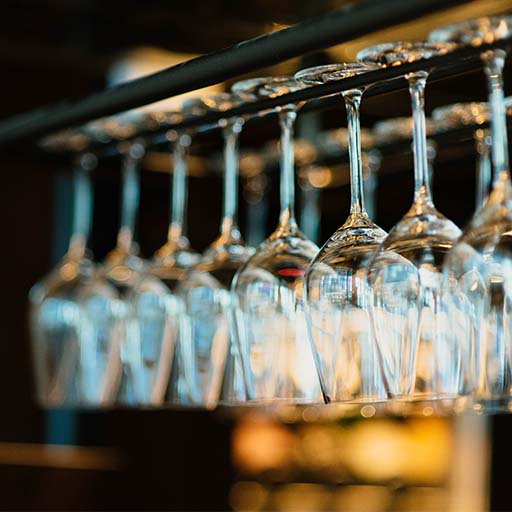
Speed and Efficiency
Mastering speed and efficiency will help you serve perfect drinks and deliver great service to your guests, leading to happier customers who want to return time and again.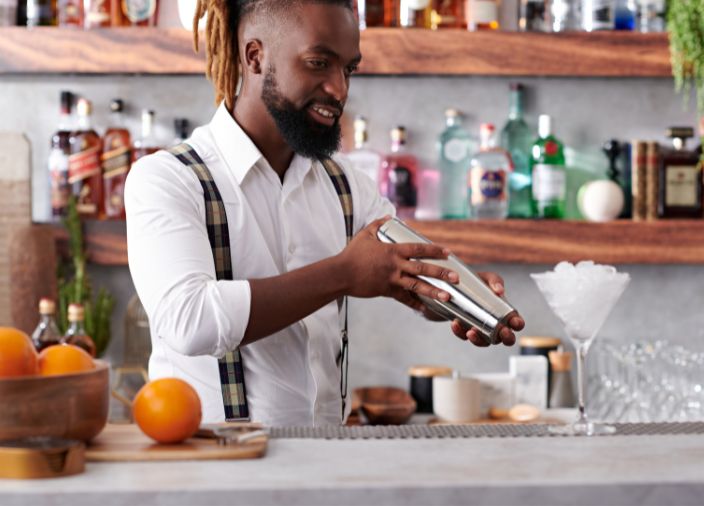
Mastering the Art of Cocktail Shaking
Unlock the secrets of perfect cocktail shaking with expert insights, foundational techniques and advanced styles to elevate your cocktail-making game.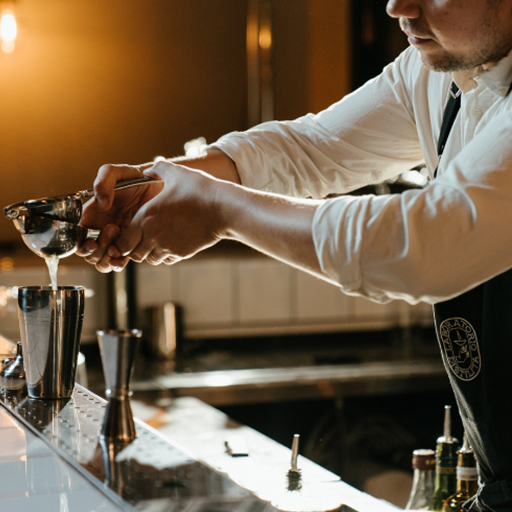
All About the Jigger
Explore the jigger's history and usage to understand more about its contribution to the art of cocktails.
